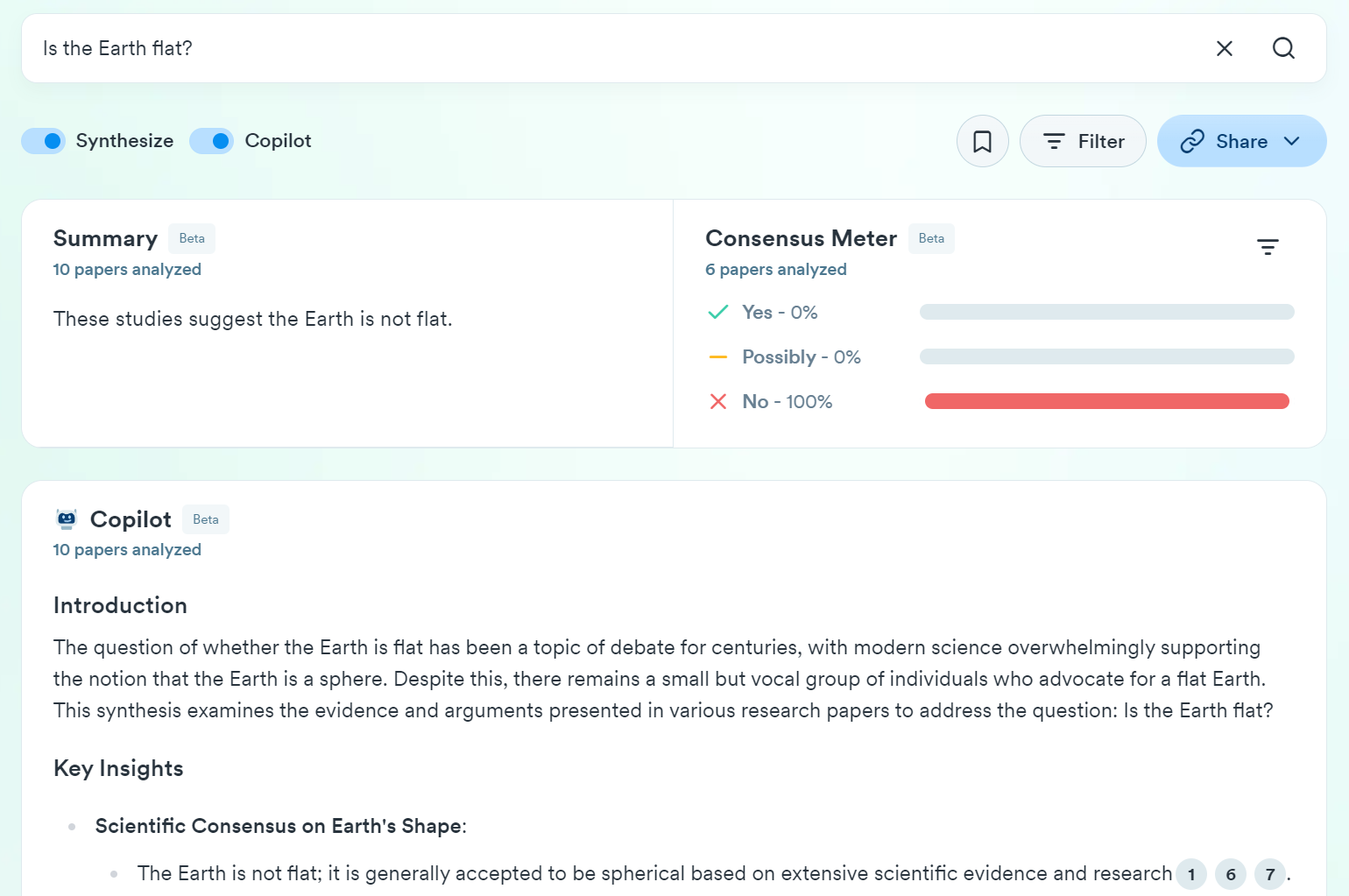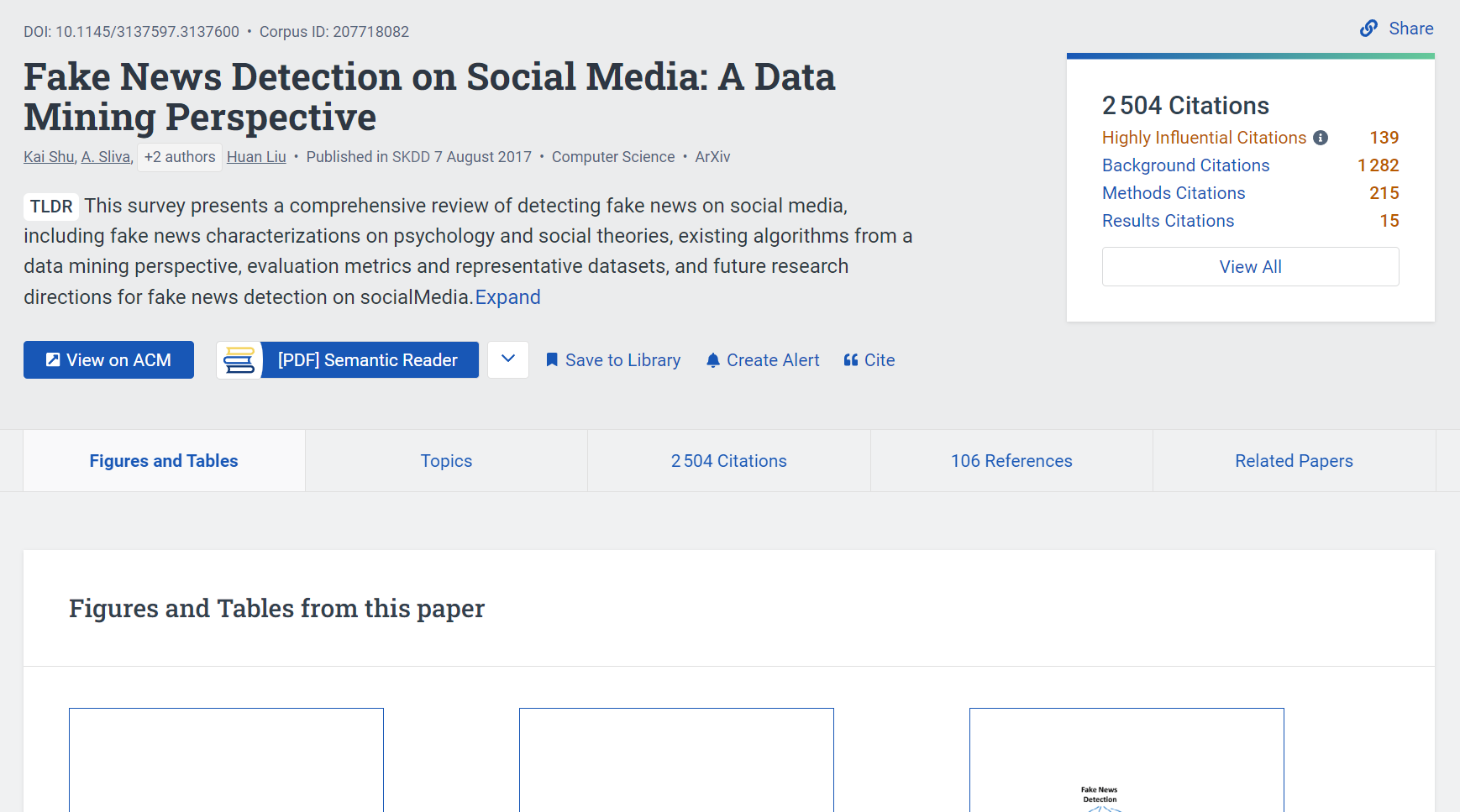
Scientific References
Generative AI tools play an increasingly important role in academic research, particularly in the search for scientific references. Tools like Consensus and OpenRead can help users search for and synthesize scientific articles based on their queries. These tools save time when narrowing down a topic or locating additional references, providing summaries and key points for easier comprehension.
Scientific references are critical in academic writing. Whether for a research paper, essay, or thesis, using well-cited scientific articles allows readers to verify the arguments presented and adds credibility to a student's work.
Example:
Search for scientific references on Consensus:

APA Standard Citations
APA citation standards are designed to ensure clarity and consistency, making it easier for readers to follow and verify sources. If you're required to provide a bibliography in your academic work, it’s likely expected to adhere to APA guidelines.
QuillBot is one AI tool that can assist in generating APA citations. In addition to offering text reformulation and correction in multiple languages and styles, QuillBot allows users to generate citations in APA format from article titles.
Example:
APA-compliant formatting of a scientific article on QuillBot:

Better than Google Scholar?
Semantic Scholar is a powerful AI-driven tool that aggregates over 220 million scientific articles. Although it is not easily categorized as a generative AI tool, it leverages AI to enhance research productivity. For any given article, the tool provides AI-generated abstracts (TL;DR), mentions where the article has been cited, lists the scientific references it includes, and links to the article itself.
Many search engines are available for locating scientific resources, each offering its own unique features. Semantic Scholar stands out for its robust AI integration, and it’s both free to use and account-free.
Example:
Presentation of a scientific article found on Semantic Scholar :

Hands-On Practice
Choose a topic of your choice and use a variety of generative AI tools to identify at least 5 scientific articles. For each article, provide the title, APA reference, URL, and a brief abstract. Compile your findings in a document, convert it to .pdf, and upload it to the activity below.
Once you've completed this exercise, you’ll gain access to the next part!